Flight of Fancy: A Tiny Tragedy in an Underground Parking Lot
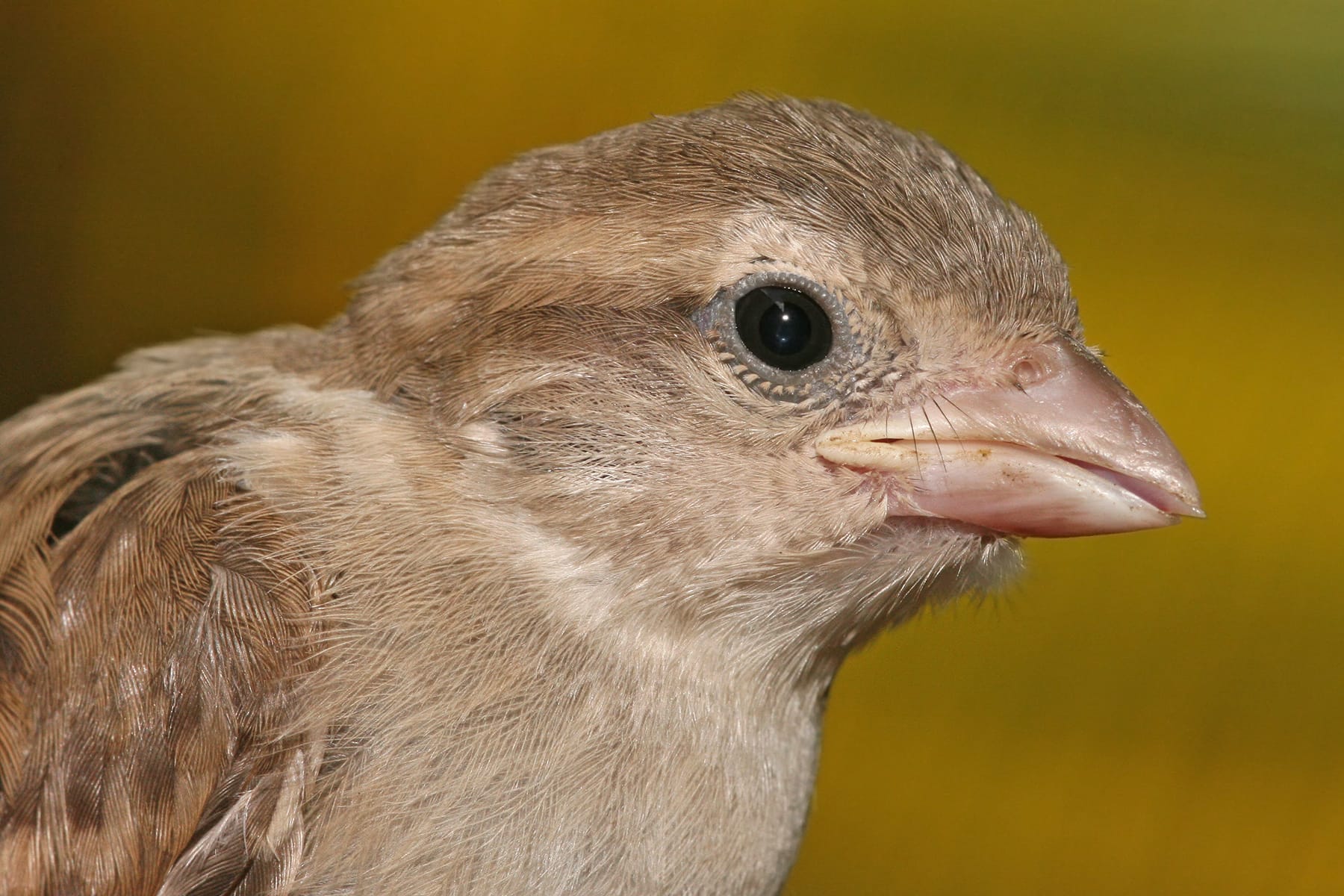
"Folk tales from around the world tell us that the animals communicate with each other in a language unknown to men and women — or else in a language that used to be known to us but is now lost. The stories also tell of human beings who understand the speech of animals. Some are born with this ability, while others obtain it through trickery, or magic, or as a gift from the animals themselves, a reward for a great act of kindness."
— Terri Windling, British mythologist, author and artist.
What Grandmother Juliette Told Me

When I was very young, my grandmother told me about birds. Born in Quebec in 1900, Grand-mère Juliette was perhaps more superstitious than most, and I recall a few dire warnings she provided:
"Never put a hat on the bed".
"Never open an umbrella in the house".
She didn’t know about the history or origins of these beliefs and likely would not have cared. It was enough for her to know that improper placement and use of hats and umbrellas could have serious consequences.
Of all her superstitions, one pertaining to birds was the most ominous and one she fervently believed.
A wild bird flying into the house means a death in the family will come soon.
In The Underground Parking Lot
A couple days ago my husband and I were leaving an underground parking garage used by the residents of an apartment building. It holds perhaps 200 or so cars. There is one double door that opens by keycard, and there is one small barred and screened window at some distance from the door.
We heard loud and frantic chirping from the area near the sad little window. There we saw a juvenile sparrow flying desperately in wild circles near this one source of light. A few days prior we had noticed a sparrow’s nest near the garage door. The nest was in no way disturbing anyone or anything, but the custodians of the building had removed it. Perhaps at that moment, the fledgling had fallen from the nest and had flown mistakenly into the underground.
Aside from the inherent tragedy of the situation, the bird’s cry evoked an inchoate emotion in me. My mind knows that non-linear sounds (the cry of an animal or a human scream) are disconcerting to us as they extend beyond the normal capacity of our human vocal cords. Our brains likely evolved to sense the abnormality of these sounds and so we inherently know something is wrong or there is danger present. Intellectually I know this, but emotionally I know nothing.
There was nothing we could do to save it. Even if I had gone forth like a warrior saint and somehow managed to marshal the fledgling out through the overhead doors, once outside it would have been lost as its home and family had been destroyed. The little creature was doomed to die the moment it flew into the underground or when the building's custodians destroyed its nest.
He or she would die alone, in dank semi-darkness, breathing car exhaust fumes. This humble creature's life would slip away, and its body likely gathered up with a shovel, or a dustpan and broom, to be deposited in a dumpster; and from there to the landfill. And so, this little creature, alive for so brief a time, a sharer of our sky, will be gone.
All because some humans, for no particular reason, decided that a nest — something natural in our unnatural world — was something to be removed.
For those of you who think “it’s just a sparrow” but are perhaps religiously inclined (I'm not, but you might be), here is a quote from the King James Version of the Bible, Matthew 25-40:
‘Assuredly, I say to you, inasmuch as you did it to one of the least of these My brethren, you did it to Me.’
I know the quote refers to brethren human beings, but I would like to interpret it with more inclusivity.
One for Sorrow
Although this rhyme speaks of crows, I was reminded of it when hearing and seeing the desperate plight of the tiny sparrow.
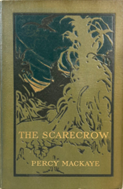
I first came across these verses in my teens while reading an obscure (and profoundly sad) play written in 1908 by Percy MacKay. Based on a Hawthorne story originally entitled “Feathertop” the play was called “The Scarecrow or the Glass of Truth: A Tragedy of the Ludicrous”.[1]
One for sorrow,
Two for mirth;
Three for a wedding,
Four for a birth;
Five for silver,
Six for gold;
Seven for a secret never to be told,
Eight for heaven,
Nine for Hell,
And ten for the devil’s own self
The version above is from 1846 and is slightly different than what I recalled. In my recollection, the first four lines are the same, but then number five was the last line (and definitely more upbeat, although in the play there is a sad twist on this line):
Five for the happiest thing on Earth.
In any case, this one lone sparrow, doomed to die alone in the gloom, his last breath poisoned with exhaust fumes, would certainly be “one for sorrow”.
The Guf
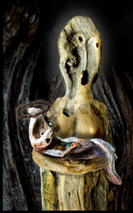
Throughout history and across innumerable cultures, birds often represented souls.
The word “Guf” means “body” in ancient Hebrew. In Jewish mysticism, there exists a Tree of Souls which is located in the Seventh Heaven. Most of us have heard of this place or term, but it bears mentioning that the Seventh Heaven is a belief held by many Near Eastern faiths and not just in Jewish lore. Part of a larger cosmology, the Seventh Heaven is one of seven layers or realms in the open sky above us.
Returning to ancient Jewish tradition, the Garden of Eden contained many trees, one being the Tree of Life or the Tree of Souls. This tree would blossom, and its blossoms were new souls. These blossoms would fall into the Guf where the angel Gabriel would reach in, take a soul and hand it off to Laihal (the Angel of Conception) whose task it was to safeguard the embryo housing this fallen soul until it is born into our world.
In a sense, or in this sense, we are all fallen souls.
Where the sparrows enter into the story is that souls reside in trees (yet another reason not to decimate the forest — but I digress) and these small humble birds can see them. The sparrow watches the souls descend into the Guf and they chirp loudly to express their joy at a new being coming into the world.
The Tree of Souls is believed to produce all the souls of the world — not just “new” souls, but also all those who have ever existed or who will exist.
Still, all things must end, and one day the Guf will be emptied of its souls: As the last soul leaves this sacred repository, the world will end. Being a story for those of faith, there had to be some upbeat reference; it continues to explain that only once the last soul is born, can the second coming of the Messiah happen.
There is, of course, more to the legends than is outlined here, but it is important to note that many cultures view birds as being the embodiment of those souls, or at least carrying them to the afterlife.
A Tiny Tragedy
“If you are dead — but not one of my own Dead — then please know that I travel far and wide in the World. If ever I find your remains I will bring you offerings of food and drink. If it seems to me that no one living is caring for you then I will gather up your bones and bring them to my own Halls. I will put you in good order and lay you with my own Dead. Then you will not be alone.”
— From Piranesi by Susanna Clarke
Some might think this outpouring of emotion over a little common sparrow is unwarranted and over-the-top. But I think the poignancy of this single event lies in that it was both typical and avoidable. There was absolutely no need to remove the unoffending nest in a small nook over the garage doors. There was no need to grate and screen the one window inside the parking garage.
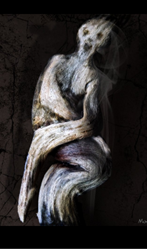
These types of miniscule, thoughtless and avoidable tragedies are happening all the time and everywhere. In any case, if you align with the belief that birds carry souls to the afterlife, I wonder if this tiny bird had a soul entrusted to her and whether that soul will have safe passage to its next destination. Or will it become some revenant in a bleak underground parking lot?
[1] The play takes place in seventeenth-century New England. Justice Gilead Merton deserts his mistress Goody Rickby after she gave birth to his son. The baby later dies because Goody cannot afford to provide him with medical care. Subsequently, Goody learns witchcraft from the Devil, wanting to avenge herself by creating a living scarecrow that resembles a true human. She plans to take him to Merton's house in order for the scarecrow to seduce Merton’s niece Rachel just prior to her planned wedding with another man. The Scarecrow is introduced into society as Lord Ravensbane. Oddly he enjoys smoking a corncob pipe — but that is what actually keeps him alive.
The plan goes awry once Ravensbane develops kind feelings and a genuine love for Rachel. His identity is revealed at a party when he gazes at his reflection in a Mirror of Truth. All the guests panic and run away, except Rachel and her fiancé.
The Scarecrow is horrified, both from learning his true nature and why he was created; in desperation he breaks his corncob pipe. He falls to the ground, for a brief moment revives, sees his reflection anew in the mirror and discovers, just before dying, that he is now a true human.
Would you like to read other posts? If so, please click the Home Page link below:
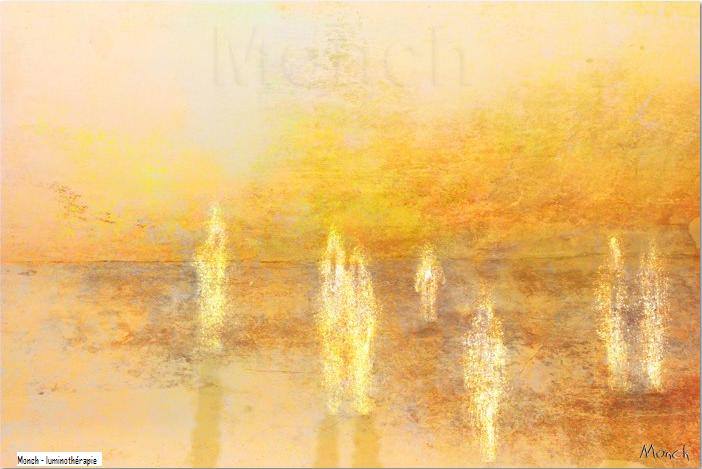
You, Dear Reader, are much needed and appreciated.
Everything written requires a reader to make it whole. The writer begins, then you, dear reader, take in the idea and its image, and so become the continuation of its breath. Please subscribe so that my words can breathe. Consider this my hand, reaching out to yours.
